
|
The Raynox DCR-FE180PRO Fisheye Attachment for Olympus E-10 and E-20 cameras |

| My other articles related to the Olympus E-10 and E-20 cameras |
|
General information The widest lens attachment for the E-10/E-20 made by Olympus provides the equivalent focal length of 28 mm. Close but no cigar: for many applications something shorter would come very handy. Here comes Raynox of Japan with their DCR-FE180PRO attachment. It turns your zoom (at the widest setting) into a full-frame fisheye lens, with the diagonally measured view angle of 180 degrees. Wow. After salivating for a couple of months, I decided to part with $400 of my hard-earned money, and ordered one from the Digital Distributors. (I have never dealt with them before, but the Web site is well-operated, and the order arrived promptly, well packaged, and as advertised.) Note: the lens can be also used with cameras other than E-10 or E-20, although you'll need a step-up ring or adapter. I've tried it with success on the Olympus C-5050Z. To keep things short, I will refer to the Raynox lens as just "FE180" in the remainder of this article. Size and weight | ||
|
The lens is 69 mm long and 100 mm in diameter, tipping the scales at a hefty 685 g (24 oz). The front element protrudes ahead of the barrel rim (it has to, in order to achieve this angle), so care has to be taken to protect it, when not in use, with the included push-on cap. Another push-on cap is used at the rear end.
The FE180 appears to be well-made (aluminum with a rubber grip ring) and cosmetically it matches well the E-10 or E-20. The rear end is 1 mm or so wider than the outer diameter of the camera's lens, so the attachment does not fit flush as nicely as lenses made by Olympus, but this does not detract from the overall good impression. This is not a cheap job. |
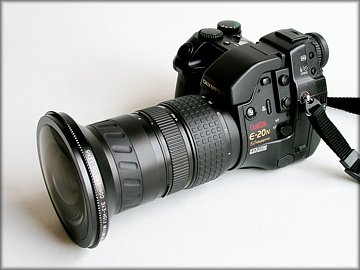
| |
|
Mounting on the camera; filters and hoods With the rear thread of 62 mm, the attachment just screws directly on the front of the camera lens (remove any filters before that); no adapters are needed. Obviously, with this kind of lens filters and hoods are out of question. As always with fisheye lenses, let us just hope that the flare will be under control. I don't like the included rear push-on cap, and have replaced it with a metal, screw-on one of the proper thread diameter. Much better. Optical The lens has five elements in four groups, multicoated. It does not seem to affect the effective aperture of the lens, which remains at F/2 or close (this is based on my through-the-lens light reading). According to Raynox, the attachment is computed to cover the full frame at the equivalent focal length of the main lens equal to 37 mm. True enough: at the equivalent focal length (EFL) of 35 mm, there is a slight image cut-off in the corners. If you are bothered by this, zoom in by just a little bit (less than a third between the two first values on the zoom scale). The manufacturer also claims that the FE180 "works over the whole range of the camera zoom". I'm not sure how to understand this, as there are three aspects here:
The last point is of more than academic interest. While a super-wide, fisheye lens is useful only occasionally, most of the time as a novelty item, the equivalent focal length of, say, 20 mm can be immensely useful in architectural and landscape photography. I'm checking this further down in this article. Image distortion (barrel type) is something you have to have in fisheye lenses (without it the 180-degree coverage cannot be achieved). Still, it remains to be seen how much distortion there is at settings corresponding to longer focal lengths of the lens+attachment combination. Focusing The focusing, as usually with this kind of accessories, is done by the main lens. The camera's macro/focus setting should show the non-blinking lens attachment symbol (this switches the infrared prefocusing off). At the widest zoom setting, the closest focusing distance becomes less than 1 cm from the lens front. Care should be taken not to bang the lens surface against the photographed object. Image samples Here are examples showing the effect of using the FE180 attachment on the Olympus E-20. The difference in image angle is astounding, but that's what you would expect. | ||
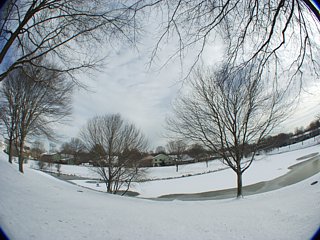
|
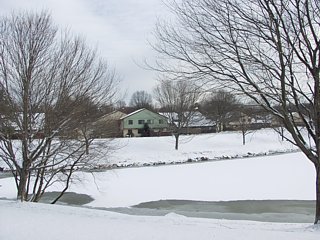
| |
| E-20 with the FE180, zoom at the widest setting (combined EFL=9mm); programmed exposure at +0.7EV: 1/640s at F/4, ISO 80. | Taken from the same spot: E-20 without FE180, zoom at EFL=35mm (widest), programmed exposure at +0.7EV: 1/500s at F/4, ISO 80. | |
|
At the shortest focal length some image cut-off in the corners is visible with the FE-180. The effect is, however, very slight. (If you crop your pictures to the 3:2 aspect ratio, the corners go away at all.) A casual inspection of full-size, original images shows that the image quality holds nicely in the frame center and, generally, in the central 60% of the frame width. It deteriorates in the furthest 20% on each side, becoming quite bad just at the borders, where both loss of sharpness and chromatic aberration (not to be confused with "purple fringing") are visible on high-contrast boundaries. This behavior is quite typical for fisheye lenses in general, so I don't hold it against the FE180. On the contrary, I was expecting something worse. Here is one more picture of the same scene, shot on a sunny January afternoon. The reduced, full-frame image is accompanied by three 1:1 samples. Please remember that when enlarged to 8x11" (20x27 cm) size, each sample will be just 1.14" (29 mm) tall, significantly smaller than what you see on the screen. | ||
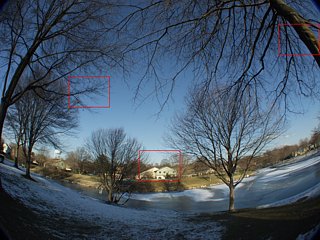
|
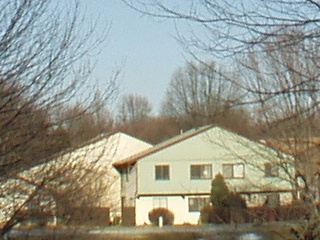
| |
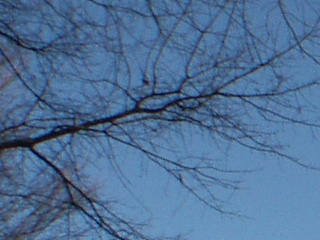
|
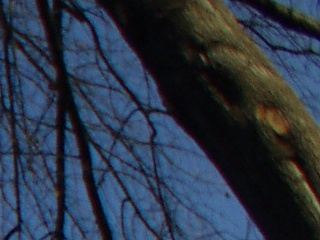
| |
| Program exposure with a -0.3EV bias: 1/500s at F/4.0, 100 ISO, handheld. | ||
|
Overall, a respectable behavior. I have used a brand-name fisheye on a 35-mm SLR and the performance was not better. Performance at various focal lengths Having a full-frame fisheye lens is nice, but how often will you use it? After a while the novelty wears off and then you realize you've spent $400 for a conversation item. Therefore I was very anxious to verify the manufacturer's claim of usability at any focal length of the main lens within a 1:4 range. If this is true, then the FE180 would provide us with the focal lengths from 9mm to 35mm or so, including the most useful, as far as I see it, value of 20 or 24 mm. It is below freezing now in Maryland (January, 2003), so you have to understand that if I'm making the sacrifice of spending half an hour outside, in my company's parking lot, it better be important. Here are the samples, all taken in the aperture priority mode at F/4, with a -0.3EV exposure compensation. No, I wasn't using a tripod, no way. All pictures were taken so that the car's trunk fills, approximately at least, the frame horizontally. This is to show the differences in perspective at various, especially shortest, focal lengths. | ||
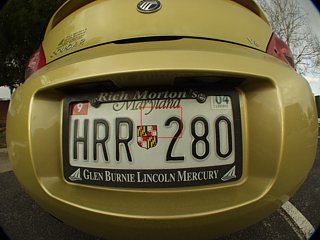
|
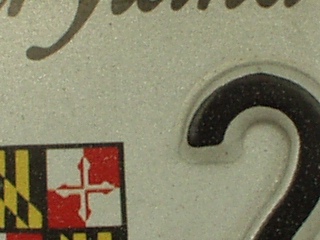
| |
| Raynox lens, camera's zoom at 9 mm (widest setting, EFL=35mm). The view angle is incredible: the distance between lens front and the license plate was about 10 cm (4 inches)! | ||
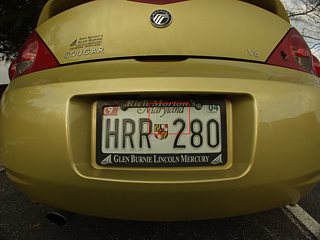
|
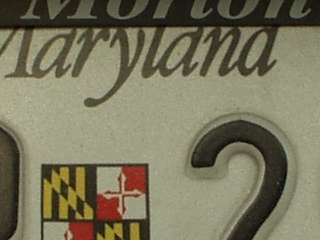
| |
| Raynox lens, main zoom at 13 mm (EFL=50mm) | ||
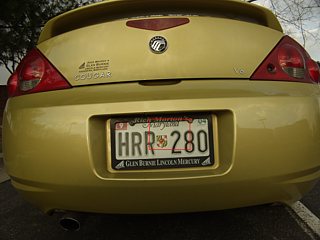
|
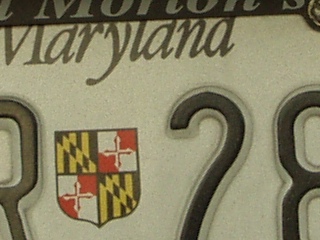
| |
| Raynox lens, main zoom at 18 mm (EFL=70mm); the equivalent combined focal length is about 30 mm. | ||
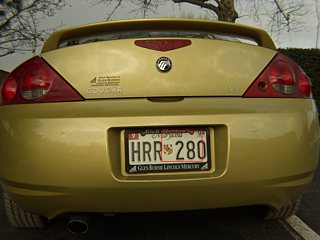
|
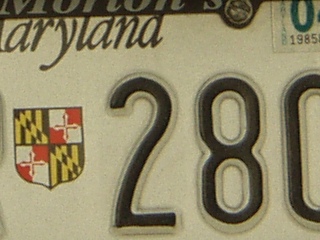
| |
| Raynox lens, main zoom at 25 mm (EFL=100mm); the equivalent combined focal length is about 40 mm. | ||
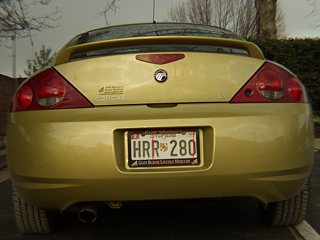
|
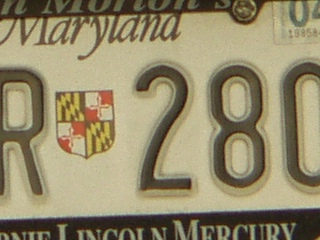
| |
| Raynox lens, main zoom at 35 mm (EFL=140mm). Strangely, the EXIF information in the E-20 file reports F=32mm (not 35); I've checked twice! | ||
|
Well, I'm quite pleased with the results. The central sharpness at the widest setting (9mm) is very good, and it does not deteriorate visibly up to 25mm, although contrast falls a bit. There is a marked decrease in contrast at F=36mm (plus some additional loss of sharpness), although the lens still remains usable at this setting. (To make sure that this is not just a fluctuation in weather conditions, I took three series of tests, spaced three hours apart, and all results are quite consistent.) A careful inspection of some of my original, full-size images shows that there is a slight vignetting in the corners at apertures of F/5.6 and above at all focal lengths. It is not as strong as the clear image cut-off at 9mm, but it shows as a slight darkening of the corners (covering the same area, or less, than the cut-off at 9mm). The effect is, however, quite unobtrusive if you are not looking for it, and it goes away at F/4.0. I can live with it. Image distortion The following examples show the distortion in images produced my the main lens + attachment combination at combined focal lengths which can also be achieved without the FE180. | ||
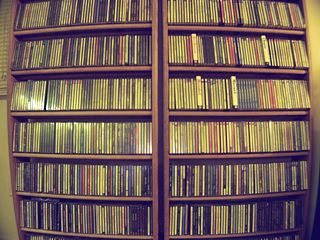
|
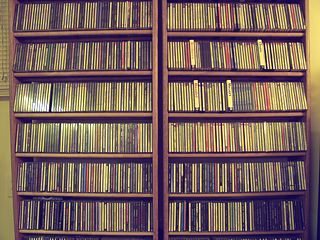
| |
| FE180 with main lens set to ~17mm; the combined focal length is about 7 mm (EFL=28mm), or, more exactly, the image horizontal angle is the same as that with the WCON-08B at EFL=28mm, shown at right. | WCON-08B with main lens set to 9mm (shortest); the combined focal length is, according to Olympus, EFL=28mm. | |
|
As seen above, the amount of barrel distortion present with the zoom+FE180 combination at EFL=28mm is one order of magnitude higher than that generated by the Olympus attachment. For comparison, here is a picture taken in the widest fisheye setting, with the camera positioned in the same spot as in the pictures in the row above. This is just to show the difference in coverage between the fisheye and EFL=28mm. Finally, to show that the FE180 distortion is decreasing at longer focal length settings, shown below is a similar pair of images for EFL=35mm. |
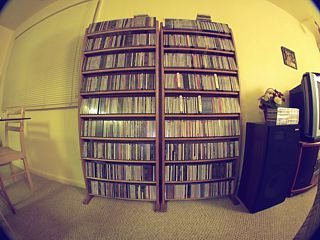
| |
| FE180 in the fisheye mode: zoom at the 9mm (widest) setting. | ||

|
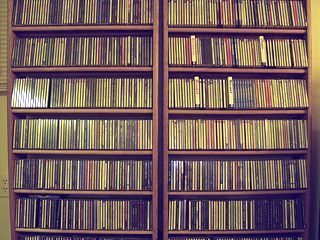
| |
| FE180 with main lens set to ~22mm; the combined focal length is about 9 mm (EFL=35mm). | Main lens only, zoom at 9mm (shortest) focal length, i.e., EFL=35mm. | |
|
The distortion will, obviously show most in pictures of objects with straight lines, mostly architecture. Here is an example: my local Best Buy store shot at the widest fisheye setting. Note that there are no flare artifacts, in spite of the Sun's reflection in the window. |
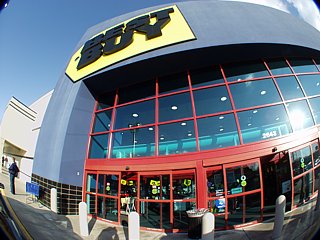
| |
| Program exposure, no bias: 1/250s at F/4; zoom at the wide end. | ||
|
To close the subject of distortion: before buying this lens, ask yourself the question: are you willing to accept the fisheye distortion, or maybe even use it creatively in your pictures? If yes, then the FE180 will make you happy, both at is widest setting and at intermediate focal lengths. | ||
|
The bottom line The FE180 is a nicely-built and well-performing lens providing an exotic focal length to our digital cameras. Importantly, it also gives us the use of the very desirable focal lengths up to 28 mm (equivalent), although with image distortion much higher than that provided by non-fisheye, wide-angle lenses designed for these lengths. The FE180 has its flaws and limitations, but these are inherent to this type of lens in general. $400 for an auxiliary lens is a lot of money, but the focal length range it opens for us, and the good optical quality may justify the expense — if you can't live without a real wide angle (i.e., below EFL=28mm). The major setback I suffered when retiring my film SLRs was the loss of wide-angle capability: the 20-35mm zoom was one of my favorite lenses in scenics and architecture. With the Raynox lens I'm almost back in business. And what would I do with this money, anyway? Still, if Raynox (or anyone else) comes up with a rectilinear, 20mm EFL lens attachment for the E-20, I'll be first in line. (The current 0.6x attachment by Raynox does not count, as it has a 55mm rear thread and causes unacceptable vignetting when used on the E-20 or E-10.) |

| My other articles related to the Olympus E-10 and E-20 cameras |
| Home: wrotniak.net | Search this site | Change font size |
| Posted 2003/01/17; last updated 2003/06/06 | Copyright © 2003 by J. Andrzej Wrotniak |